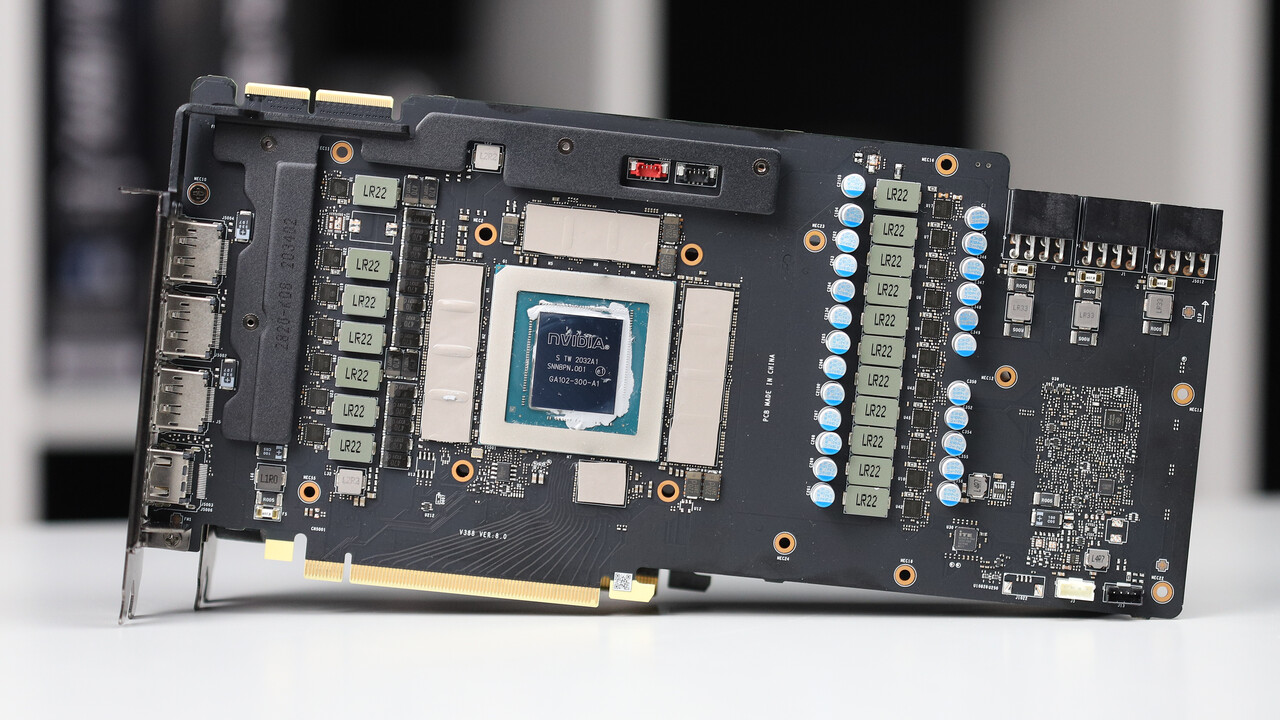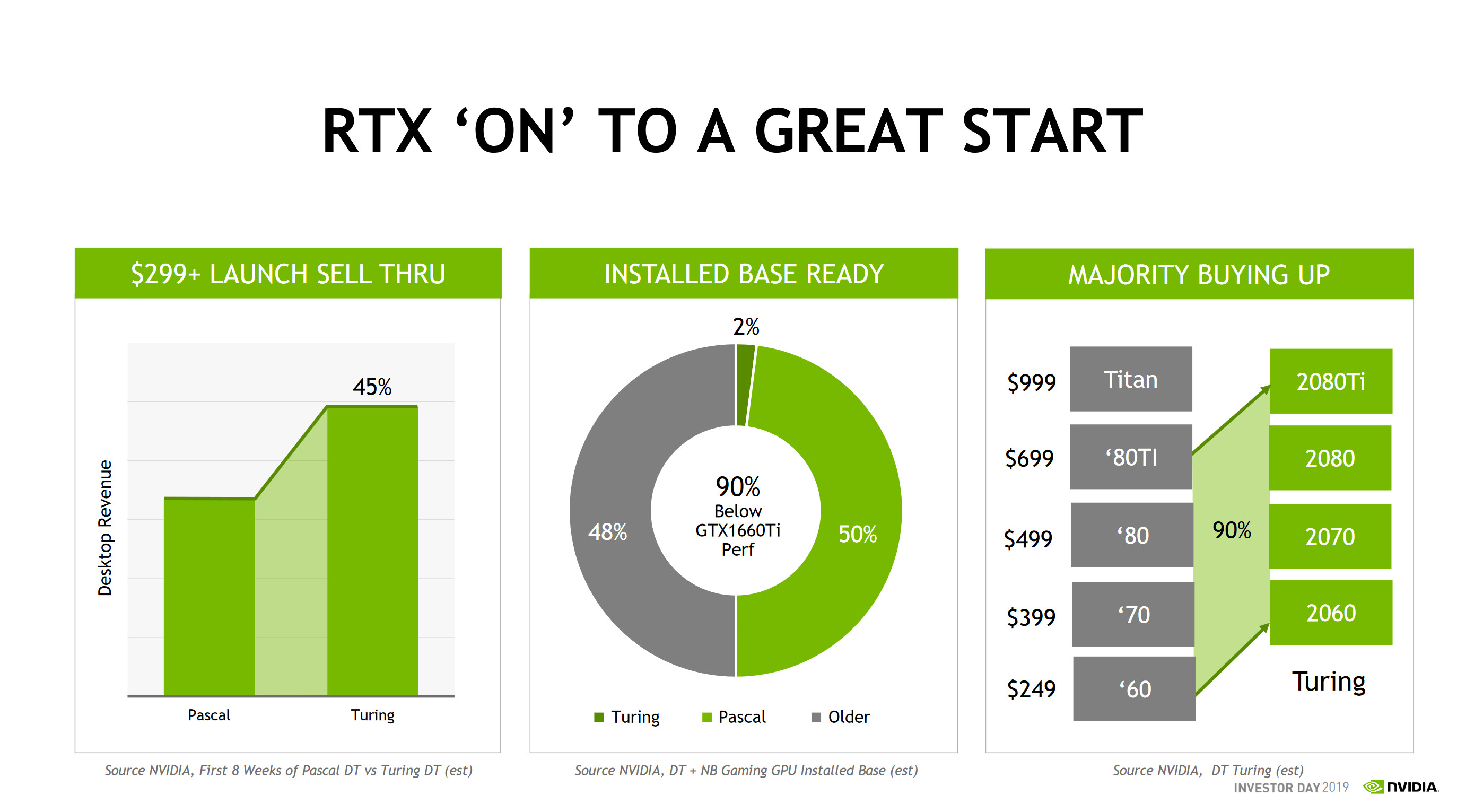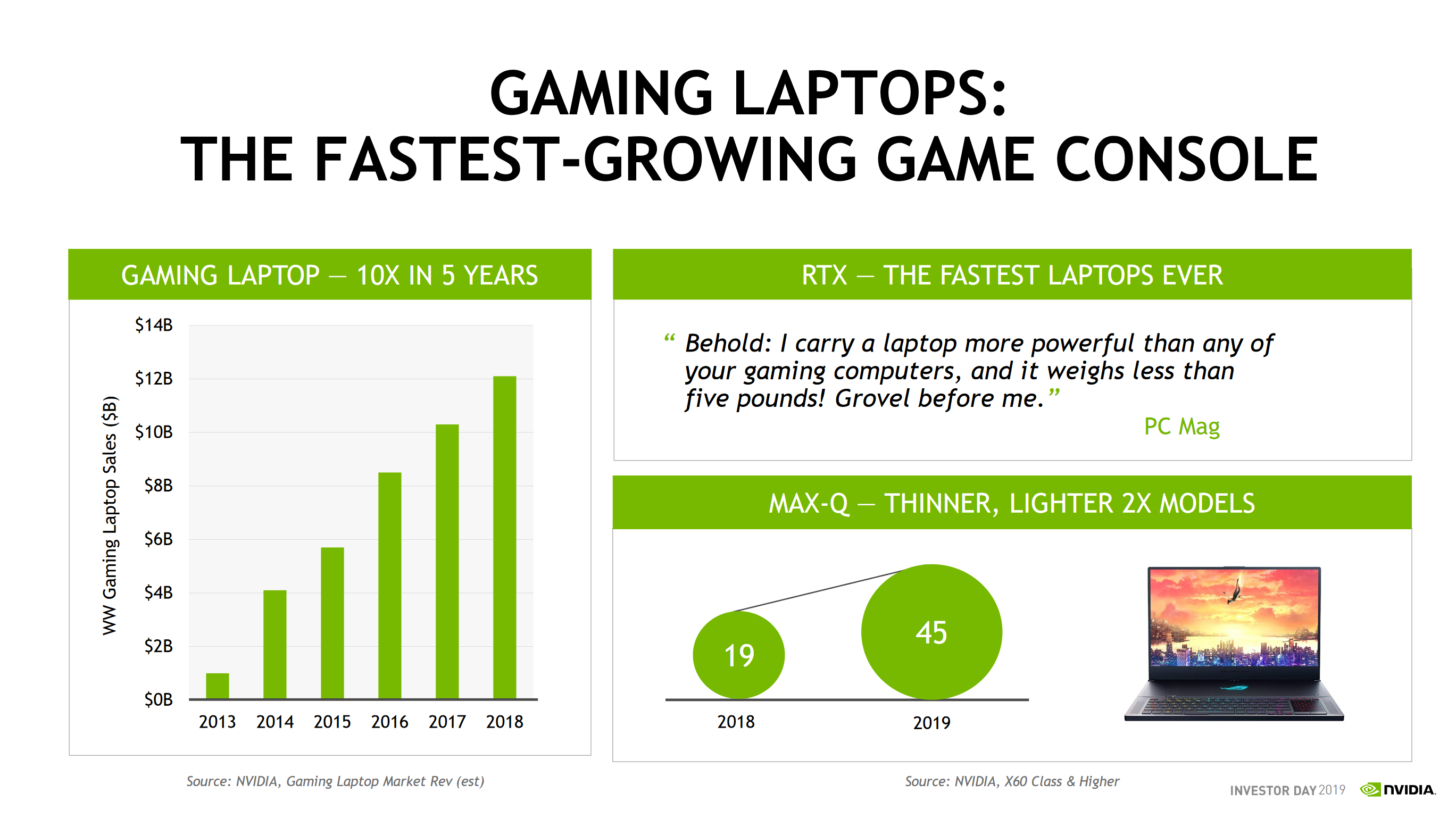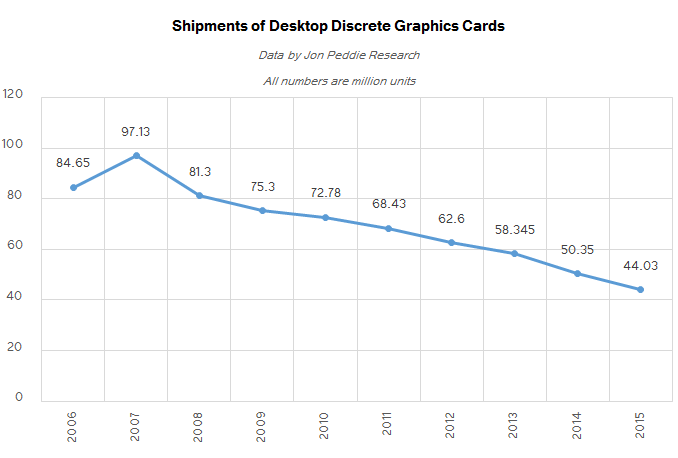- Aug 14, 2000
- 22,709
- 3,003
- 126
Written:

 www.computerbase.de
www.computerbase.de

 hothardware.com
hothardware.com

 www.techpowerup.com
www.techpowerup.com
Video:

Custom-Designs der GeForce RTX 3090 im Test
Wie schnell die Nvidia GeForce RTX 3090 wirklich ist, klärt ComputerBase mit Custom-Designs von MSI und Gigabyte im Test.

GeForce RTX 3090: NVIDIA's BFGPU Has Arrived And It Slays
Right now, the GeForce RTX 3090 is the single most powerful graphics card money can buy. It sits at the pinnacle of NVIDIA’s product stack currently

ZOTAC GeForce RTX 3090 Trinity Review
Zotac's GeForce RTX 3090 Trinity comes at the NVIDIA MSRP of $1499. It offers 24 GB VRAM paired with a large triple-fan, triple-slot cooler that ensures temperatures and noise levels stay low. Outside of gaming, the fans will stop completely because of the fan-stop capability.
Video:
Last edited:





